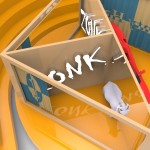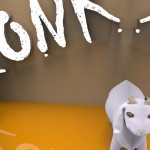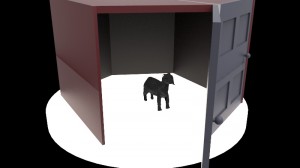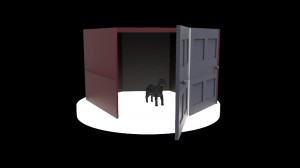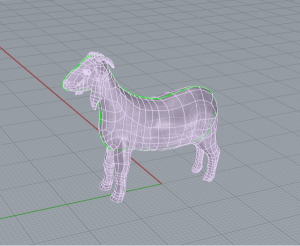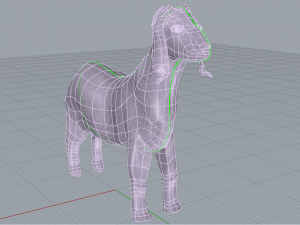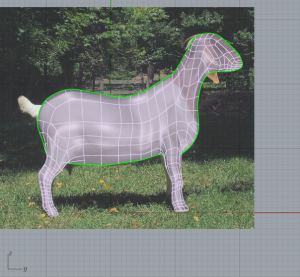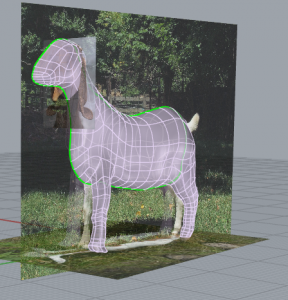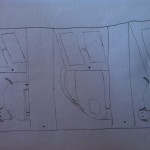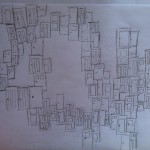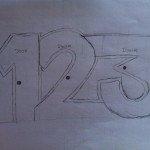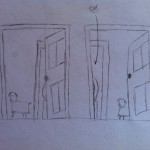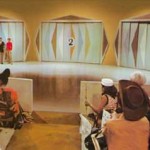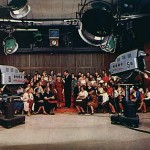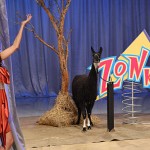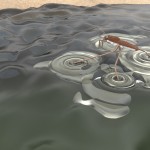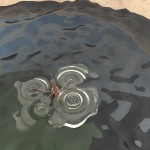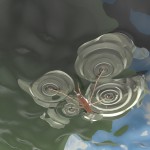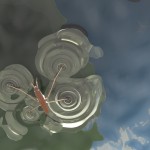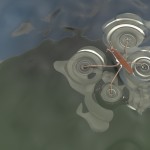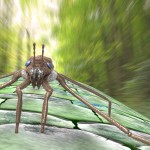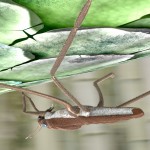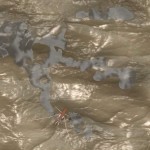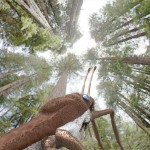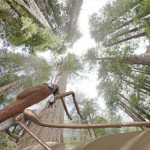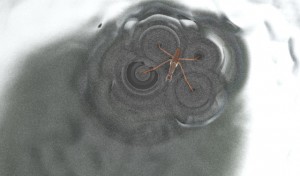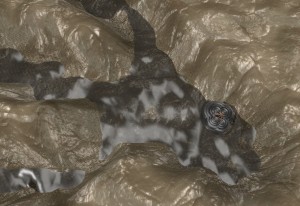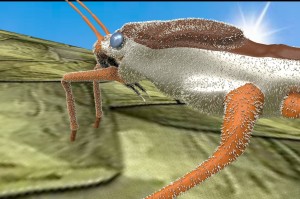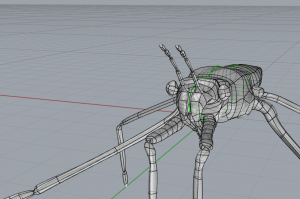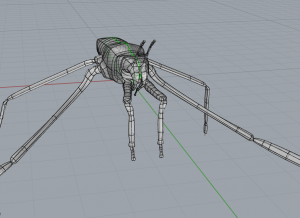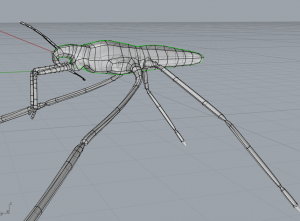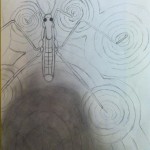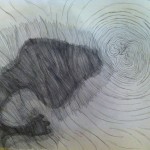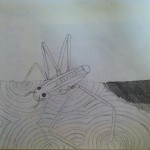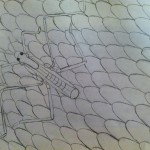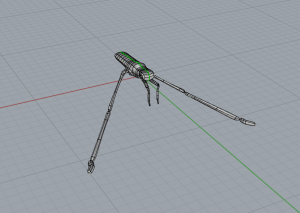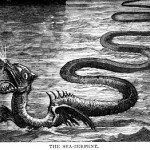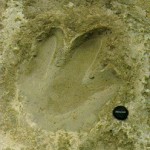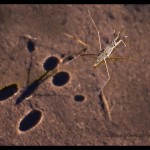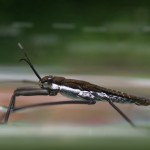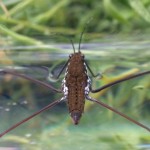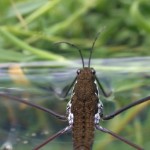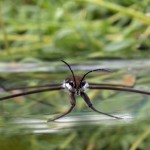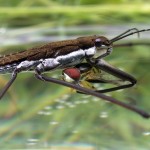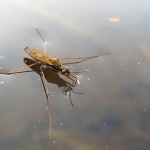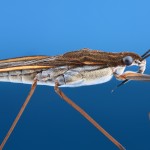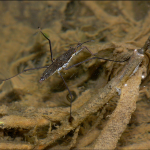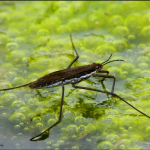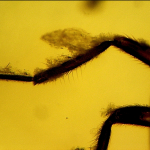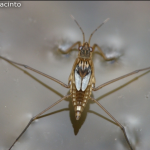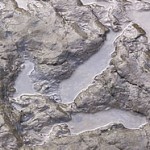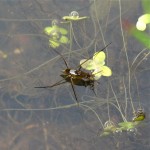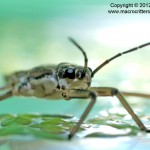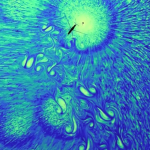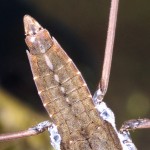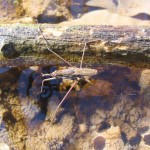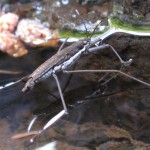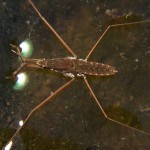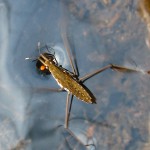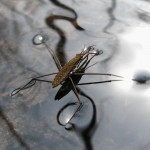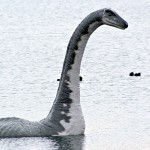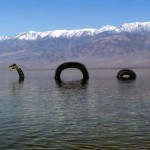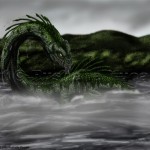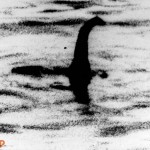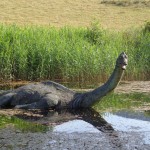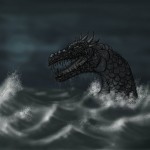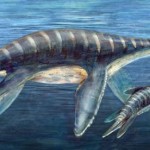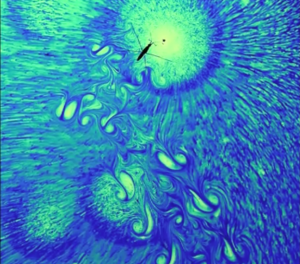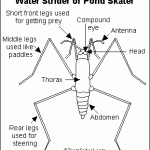S0 my optical illusion is working (there is only half a goat in there with a mirror. The car will be behind the other door) and I think I am getting closer to the final product but I got held up because my car won’t work. Once I get more light on the inside of the structure you will be able to see all of the fine details on the goat, which are very dark right now…basically, my concept is there but the details are not…
- The car to be won
- The costumed contestants
- The three doors to be chosen from
- The game show, Let’s Make A Deal
- The undesirable
- The live studio audience which is always present for the show
- Monty Hall, our host
- The ultimate prize that the contestant is trying to win
- The television where this situation could be seen
- The zonk that signifies that player has lost
Monty Hall Problem
I chose the Monty Hall problem because it is something that has perplexed me since I learned about it in high school statistics class. It stuck with me because it was one of those topics around which I could never quite grasp or accept. It is a little frustrating and I think about it every time I catch the revived version of Let’s Make A Deal on daytime television.
The Monty Hall problem revolves around a situation set in the game show, Let’s Make A Deal. The costumed contestant is faced with a choice; behind one of three doors, there is a car. If the contestant chooses the correct door, then he or she can keep the car. There are “zonks” or goats behind the other two doors which signify that the player has lost. Once the contestant chooses a door, the host, Monty Hall picks one of the other doors, always revealing a goat.
At this point it has been statistically proven that it is advantageous to switch to the other remaining door to increase the chance of winning the car. Intuitively, I at first assumed that each of the two remaining doors has a fifty percent chance of containing the car. However, this logic is incorrect, according to proven scholarly experiments and proofs.
It is said that the key to proving this problem lies with the host and his role in the situation. One must remember that he is aware of which door contains the car and which contain the goat. Therefore, he knows which of the two remaining doors have goats behind them. When the contestant chooses the first door, there is a one-third chance that it is the correct one. That means that there is a two-thirds chance that it is behind the remaining doors. When one of those doors is eliminated, there is still a two-thirds chance that it is behind the remaining door. The revealed door becomes a null option. Since two-thirds is greater than one-third, the contestant has a better chance if he or she changes her or her choice.
While this seems to make sense once explained, I still struggle understand and fully accept its authenticity because it does not seem logical. Actually, I kind of felt that way about a lot of topics in my statistics class.
1. Door
2. Goats
3. Car
4. Host (Monty Hall)
5. Contestant (in a funny costume)
6. Prizes
7. Zonk
8. Game Show (Let’s Make A Deal)
9. Television
10. Live Audience
I chose the myths and legends surrounding the Loch Ness Monster. Sometimes referred to as Nessie, this amphibious creature is said to live in the Scottish Highlands, specifically Loch Ness. It was first reported in 1933, by a couple named the Spicers. They saw the creature cross the road in front of their car when they were driving by the Loch. Since then, there have been many sightings that range in description of the beast. There have also been a few pictures and videos captured and expeditions organized to search for it. However, this modern-day dinosaur has eluded humans for generations.
I chose this story because I wanted the water strider to leave the traditional environment of the surface of lakes and streams. I wanted to the Loch Ness Monster to take him on an adventure and help him see he rest of the world. The monster can be dangerous to insects due to its size and the risk of accidental squashing, but otherwise he is a gentle giant that just wants to be left alone. This water strider, however, was lucky enough to get picked up and take a ride on the gentle giant.
In the story, the first moment of suspense comes as the Loch Ness monster creeps up behind the insect. By the ominous shadow under the water, one would believe the water strider is about to meet its end. But instead, his little hairy legs grab onto the scaly surface of the monster’s back and he a comes on the journey, enjoying the view of land from such a high vantage point. Finally, the water strider jumps down, landing in the puddle in the foot print of Nessie, and creates a home in this new exciting environment.
Obviously, I am taking creative license with the details of the story since there is no water strider mentioned in the eyewitness accounts of the Loch Ness Monster. But otherwise, I am sticking with the legends that claim it is a long animal that lives in both water and land.
These are images surrounding the water strider, the loch ness monster, shadows/monsters in the water, and ripples for my project.
The water strider is an insect that is noted for its ability to “walk on water”. Often referred to as the “Jesus bug” or “pond skater”, it is among only a few types of insects that can do this trick. Their specially evolved bodies not only allow them to float, but also bounce on the water, travel very quickly across the surface, and support up to fifteen times the weight of the bug. Each of their legs has thousands of microscopic hairs that trap air and create buoyancy. This air cushion allows them to balance and propel forward using surface tension.
The body is a about one centimeter long and their two, back long legs are the ones that help them stand on the water. Their shorter front legs are designated for catching prey. Mechanical engineer, David Hu at Georgia Tech did a study with food coloring to prove that water striders do not really stride, but row through the water. They “generate a vortex with each stroke”, deforming the “film-like” surface of the water and using it to move forward. They also only weigh a couple of grams, so their legs are the right length to keep them afloat. Hu calculated that if humans were to build shoes that have the same capabilities (as Da Vinci once sketched in his notebook) they would have to be a kilometer in diameter.
The water strider is fascinating to me because its overall appearance does not imply that it is a unique specimen. It does not have unusual coloring, an oddly shaped body, large wings, or specially evolved eyes. The beauty of this insect comes from its movement, which will make it fun to model and imagine in a dynamic setting. I look forward to working on this project.






